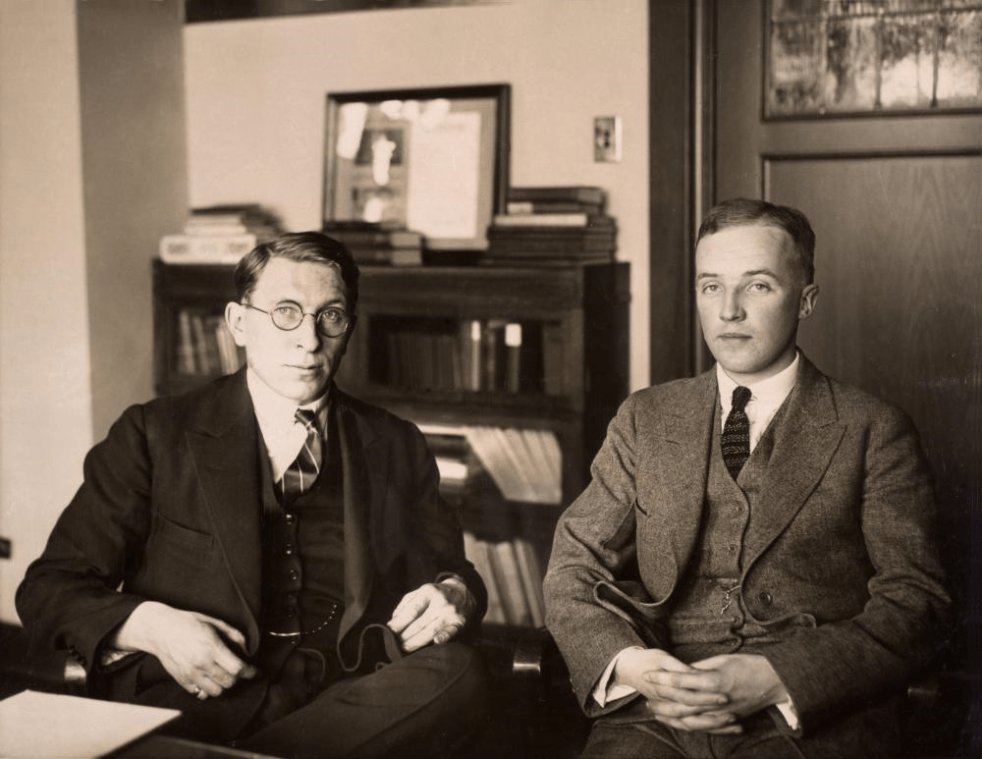
“Insulin is not a cure for diabetes; it is a treatment.”
– Frederick Banting
2021 marks the 100th anniversary of the discovery of insulin by researchers Dr. Frederick Banting and Charles Best at the University of Toronto.
Before insulin treatment, a diagnosis of type 1 diabetes (T1D) meant inevitable death for children. T1D is an autoimmune disease where the body’s immune system attacks and destroys the cells in the pancreas that make insulin critical to maintaining healthy blood sugar levels. There are no therapies available yet to prevent it, and the causes are not yet fully understood.
In 1921, Frederick Banting and Charles Best discovered that the pancreas produced the insulin hormone under the directorship of John Macleod at the University of Toronto, by researchers Dr. Frederick Banting, Dr. John Macleod and Charles Best.
With the help of James Collip, they purified a synthetic version of insulin and produced the first real treatment for diabetes. To this day, it remains one of the most important scientific breakthroughs in the medical field. Banting and Macleod earned a Nobel Prize for their work in 1923.
While there have been many advancements in technology and delivery of insulin over the past 100 years; either by injection or pump, it remains the only treatment for T1D.